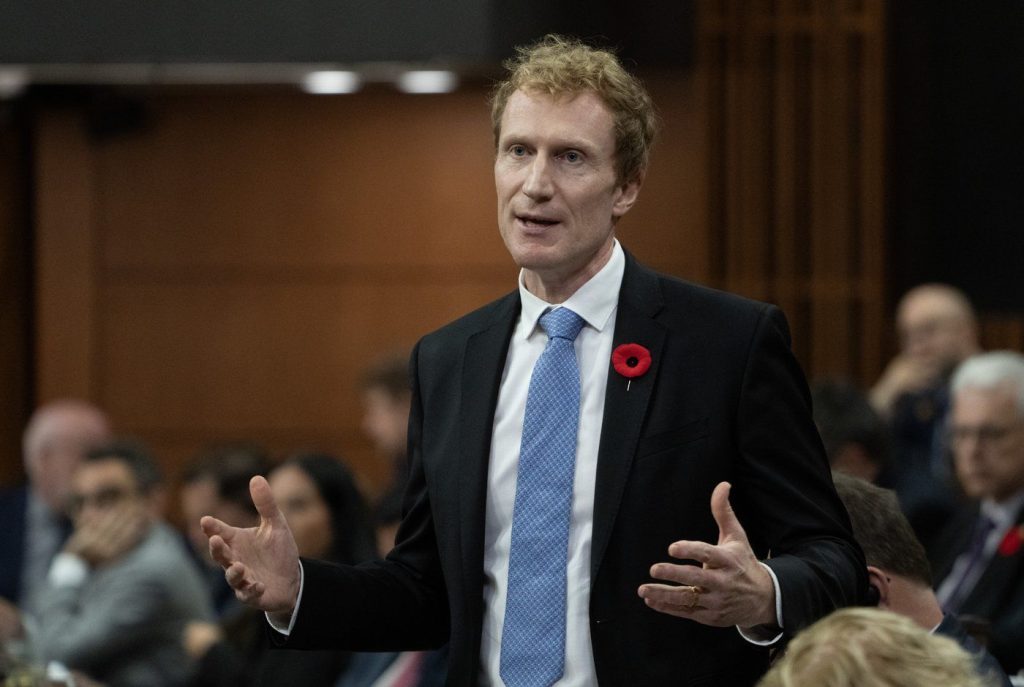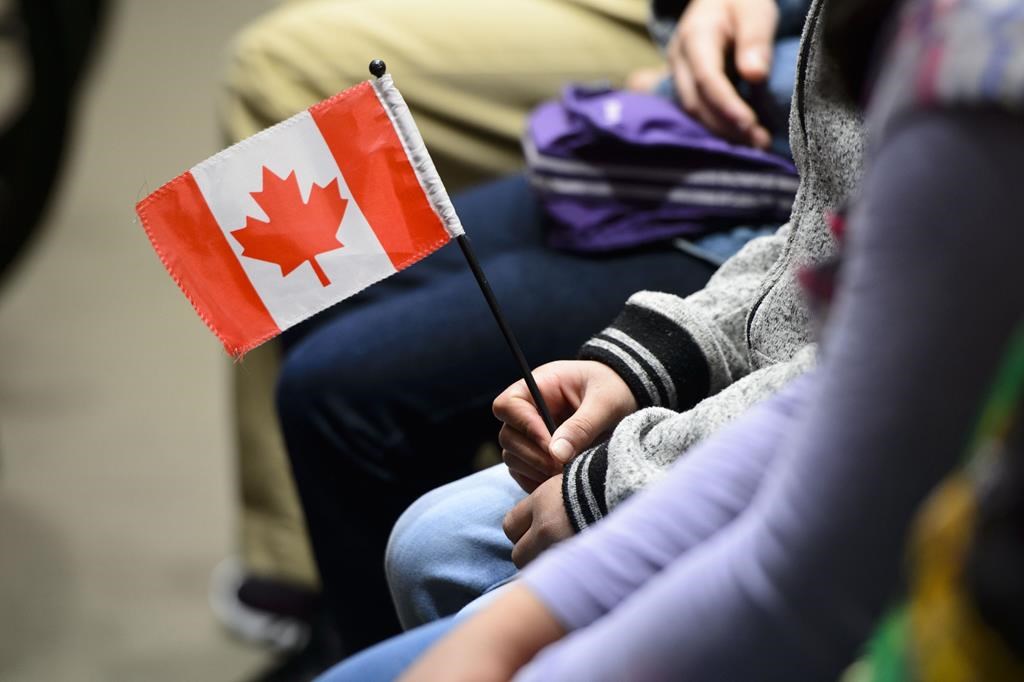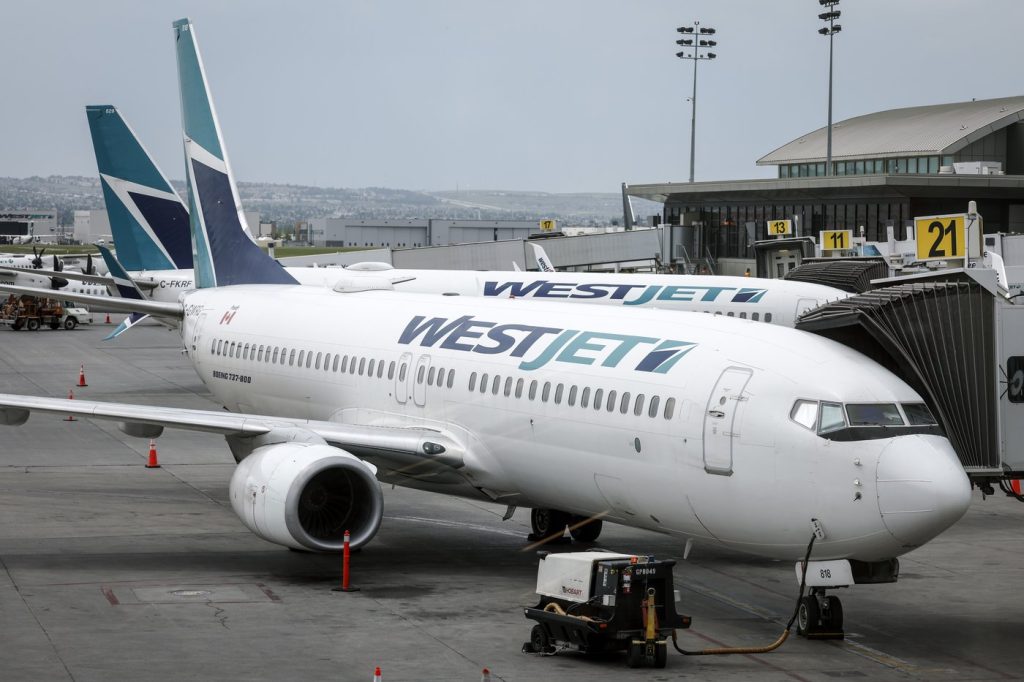Minister Miller presents measures to reach higher Francophone immigration outside Quebec

Posted January 16, 2024 4:19 pm.
Federal Immigration Minister Marc Miller presented a series of measures on Tuesday in New Brunswick, aimed at reaching new targets for Francophone newcomers outside Quebec.
“It takes attraction, it takes jobs, it takes integration at the school level,” the minister said at a press briefing.
New Brunswick is Canada’s only officially bilingual province.
During his visit to Caraquet, he also insisted on the “complicity” he felt the provinces needed, as well as “the involvement of municipal councils and people in the community.”
“But it also takes money,” he continued after outlining a series of ways in which he intends to invest the $137 million set aside in the Action Plan for Official Languages 2023-2028.
Ottawa announced on Tuesday that it intends to launch a new program to support Francophone immigration, as well as measures for the arrival of newcomers admitted for economic purposes.

The initiative “will fund innovative projects aimed at eliminating barriers to Francophone immigration,” according to a press release.
The Fédération des communautés francophones et acadienne du Canada (FCFA) indicated in a press release that it had long been calling for the creation of such a program.
“It’s important because the government recognizes that we need programs that are tailor-made for our communities,” stated the organization’s president, Liane Roy.
However, the FCFA expressed reservations about “the timelines for achieving certain key results, such as restoring the demographic weight of Francophone and Acadian communities.”
“It remains to be seen how the addition of a Francophone lens to the department’s general immigration programs will translate into specific numbers in terms of French-speaking immigrant admissions,” it added.
Miller emphasized the resilience of Acadians in ensuring the vitality and evolution of their language.
“As Minister of Immigration, welcoming French-speaking newcomers is fundamental to this evolution,” he said.
This fall, the minister announced Francophone immigration targets for the new year and beyond. The target, which until now has been 4.4 per cent, is to rise to six per cent by 2024.
The target is then to rise gradually to seven per cent in 2025 and eight per cent in 2026.
When asked when he would aim for the 12 per cent level demanded by the FCFA, Miller said he wanted to be realistic.
“I didn’t have that confidence, in setting the levels, that we were going to be able to get to 10 per cent, 13 per cent, so I didn’t want to be a moron, plain and simple,” Miller said.
The minister reiterated he was open to revising his targets upwards at a later date, depending on how the situation develops.
“What I’ve always said to the FCFA and to all those who advocate thresholds that are more ambitious, is that I’m not going to do the trick of the politician who makes any promise, but can’t meet the thresholds,” he explained.
For years, Ottawa had failed to meet its target of four per cent Francophone immigration from outside Quebec.
The Immigration Department finally succeeded in meeting this commitment in 2022, “with great difficulty,” said the minister.
Other measures announced on Tuesday include the expansion of a program called the “Welcoming Francophone Communities Initiative.”
The aim is to help integrate French-speaking immigrants, and from now on, 24 communities will be able to benefit from it, rather than 14.



